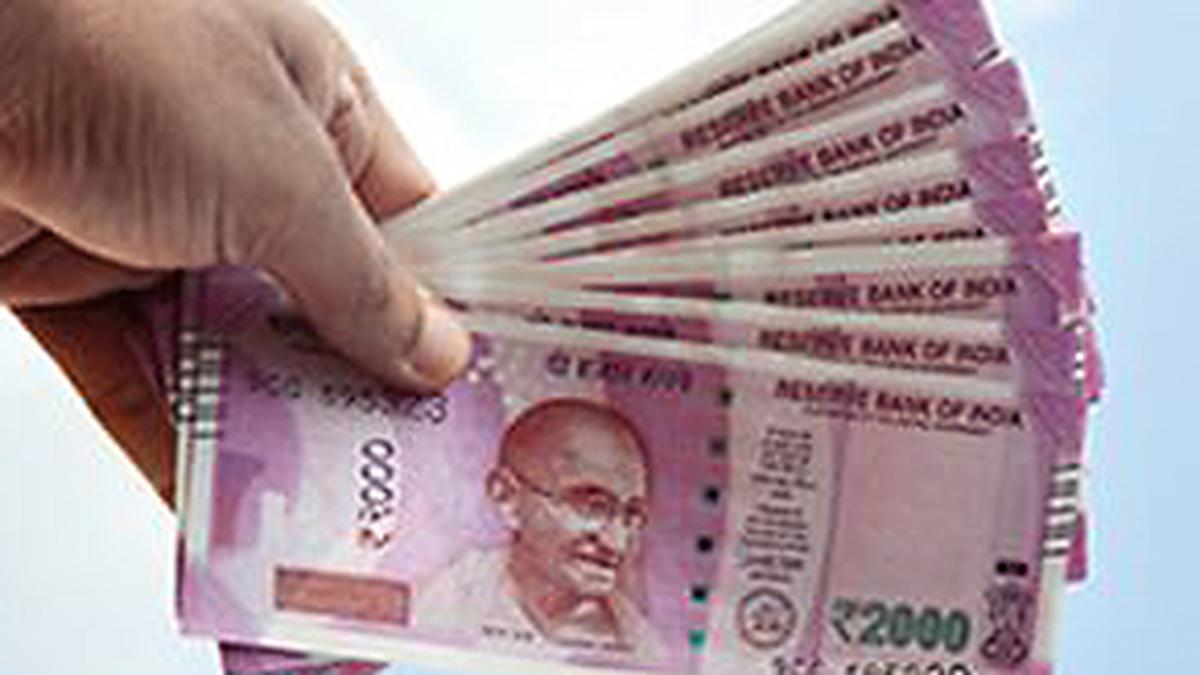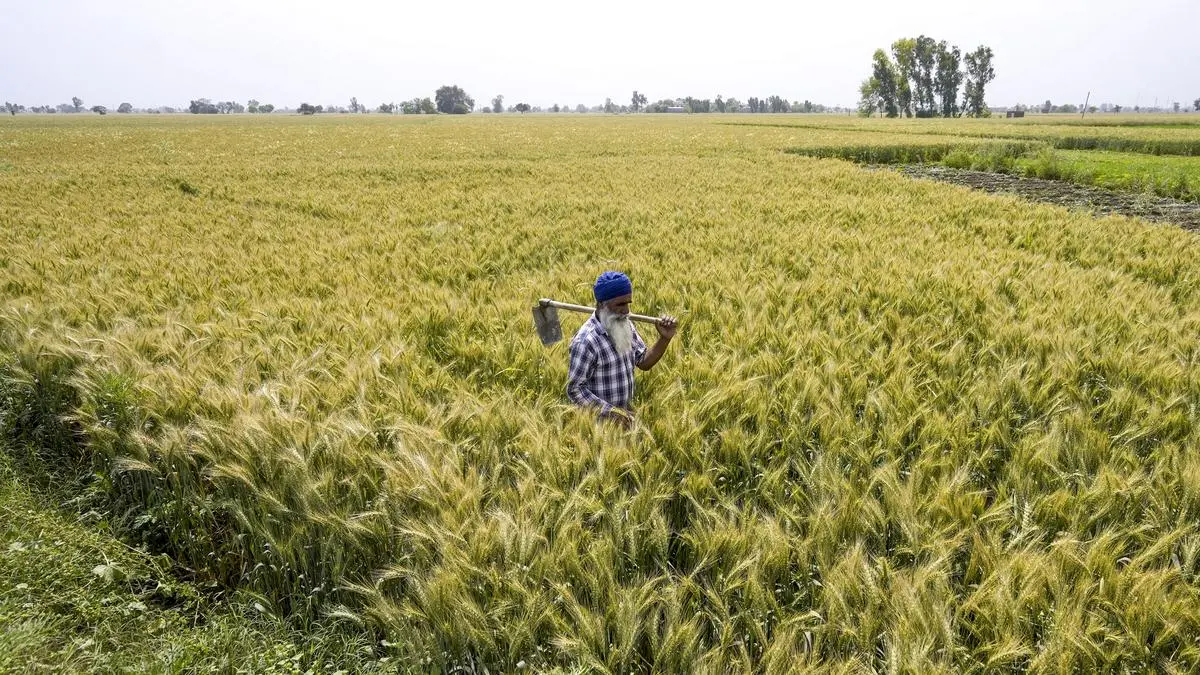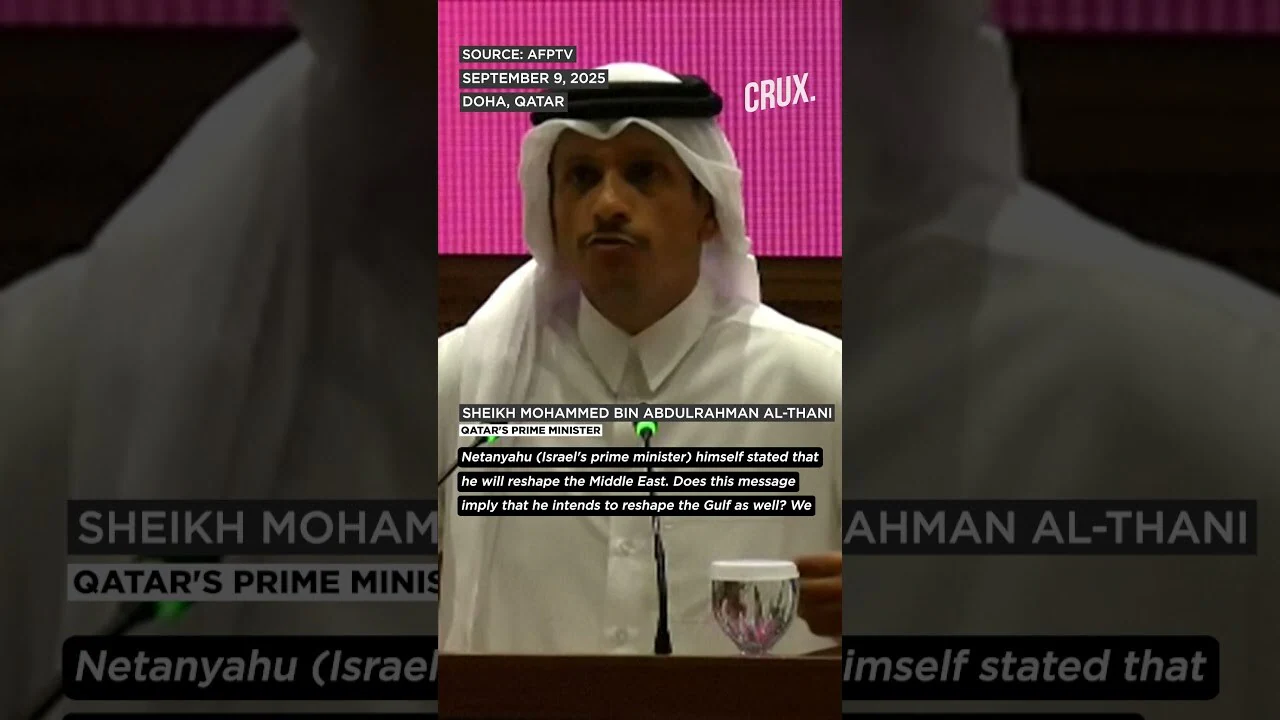By Abhiman Das
Copyright thehindubusinessline

If one follows the updates on the home page of the RBI website (www.rbi.org.in), one wouldn’t miss an important item titled “Withdrawal of ₹2000 Denomination Banknotes – Status”. This has been appearing in the first week of almost every month, starting from May 2023. The introduction of ₹2000 currency notes by the RBI/Government in November 2016 was a kneejerk reaction to quickly fill the currency void that was created by the demonetisation of ₹500 and ₹1000 currency notes. During the period 2016-17 to 2018-19, average CPI inflation remained below 4 per cent and growth momentum was subdued. Therefore, introduction of such a high denomination currency note was otherwise unwarranted.
Until March 31, 2018, the RBI injected a massive amount of ₹2000 notes, constituting over 37 per cent of total notes in circulation. As the next high denomination available note was ₹500, it was quite evident that ₹2000 notes would be less demanded, particularly for relatively small transactions. Except for its store value, the transaction utility of ₹2000 notes started diminishing quickly. The RBI stopped its printing during 2018-19 and by the end of March 31, 2023, ₹2000 notes constituted only 10.8 per cent of notes in circulation. That is, ₹2000 notes were naturally demonetised by regular withdrawal from the system as they became old and unfit for re-circulation. This is a normal process of currency withdrawal for any denomination.
Clean note policy
However, the RBI on May 19, 2023, under the pretext of ‘clean note policy’, decided to withdraw ₹2000 notes from circulation. Banks were advised to stop issuing ₹2000 notes with immediate effect. An exchange limit of ₹20,000 at a time was imposed. The members of public were asked to exchange ₹2000 notes from banks and 19 RBI Issue Offices until September 30, 2023 (which was later extended up to October 7, 2023). The modus operandi was similar to that of the November 2016 demonetisation except maintaining a ‘legal tender’ status of the ₹2000 notes. Contrary to one of its key roles, a panic like situation was again created by the central bank.
By the time banks’ exchange windows were closed on October 7, 2023, around 97 per cent of ₹2000 notes were returned (see Chart). In order to mop up the remaining 3 per cent (equivalent to roughly ₹10,000 crore), the RBI kept its Issue Offices open for exchanging and accepting ₹2000 banknotes, and crediting bank accounts of individuals/entities for this purpose through a KYC validated application form. The RBI also allowed people to send ₹2000 banknotes through India Post. In essence, the RBI took up the role of a commercial bank.
The aftermath of this decision was quite incredible — long queues of people outside the RBI waiting for hours weathering pain, discomfort and time. The touts had a field time — fleecing almost everyone, particularly the old and NRIs, under the nose of the RBI . Transaction costs went up exponentially and it became a nightmare for many.
Time-bound exercise
The monthly press release of the RBI reassures everyone that ₹2000 currency note continues to be a legal tender. Is it a legal tender? “Legal tender refers to the currency that must be accepted as payment for debts and other financial obligations”. However, after September 2023, nobody would accept ₹2000 for any transaction. Except for the RBI facility of exchange or deposit, it has ceased to be a legal tender for all practical purposes. In this context, two pertinent questions arise: Instead of the natural and ongoing process of withdrawal, why did the RBI go for another time bound demonetisation exercise? What was the need to close down the commercial banks’ exchange windows?
Over a period of time, the queues outside the RBI have vanished and the pace of returned ₹2000 banknotes has slowed down considerably. It is unlikely that the RBI will keep this window open forever. However, the percentage of returned ₹2000 notes increased only marginally, from 97 per cent to 98 per cent during the past two years and an amount of ₹6,000 crore is still missing. The percentage of returned notes has been hovering near 98 per cent per cent since September 2024. In a hypothetical case, assume that a sum of ₹6,000 crore comprising all remaining ₹2000 currency notes never returns and ceases to be legal tender. The RBI’s currency liability to that extent goes down. As the assets hold, ₹6,000 crore could be a potential windfall gain for the government. This is a substantial amount of money.
It may sound out of context, but an additional ₹6,000 crore potentially can create a lot of value to society. For example, the total budgeted cost (including both non-recurring expenses, such as construction, and recurring expenditure for operationalisation) of establishing seven new IIMs in 2018 was ₹3,800 crore. Who knows — the missing ₹2000 currency notes might help establish another 10 top educational institutes of India.
The writer is a Professor of Economics and ICICI Bank Chair Professor of Finance and Strategy, IIM Ahmedabad. Views are personal
Published on September 17, 2025



